Mitigating moisture issues on your property is crucial to preventing flooding and other problems that can arise from not dealing with stormwater properly. Whether you have a commercial property or a residential property, diverting the flow of stormwater away from your building and into designated areas where it can be dealt with effectively should be one of your top priorities.
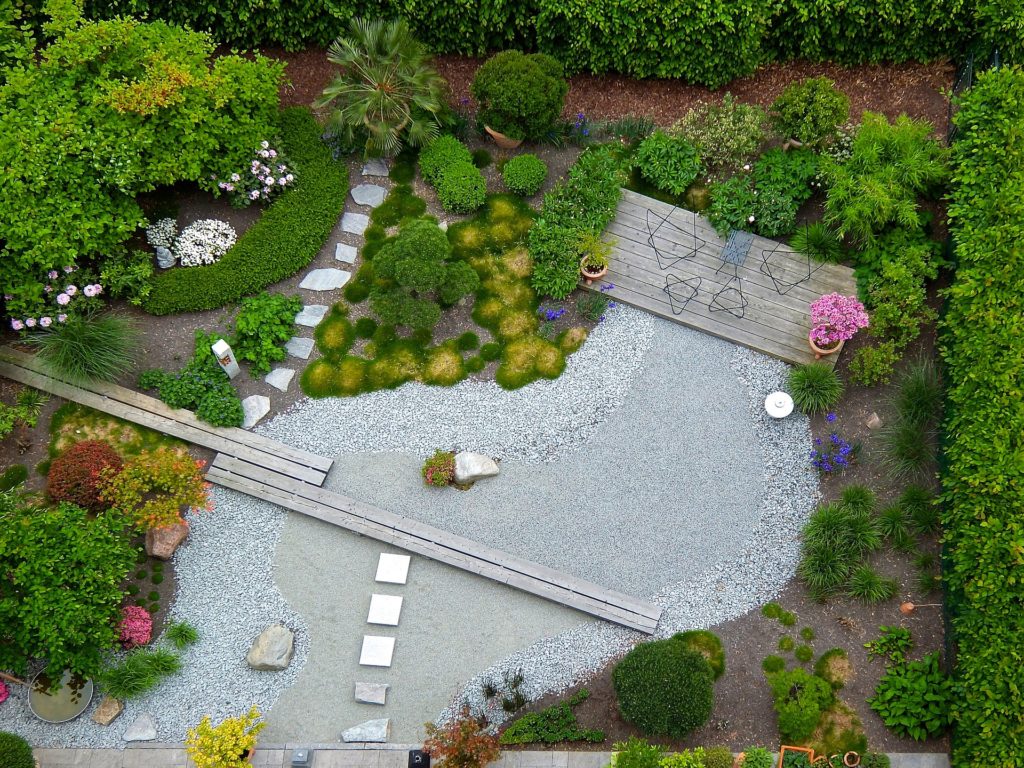
There are more than a few ways you can do this, and most of them involve strategies for water detention and/or retention. There is a difference between the two and one is more effective than the other at managing the flow of stormwater. In order to help you manage your storm drainage as best as possible, let’s take a look at water detention vs. retention and a few good ideas for mitigating moisture issues.
Detention vs. Retention
A retention tank usually refers to a tank that is meant to be filled with stormwater so that it can be used for a different purpose at a later time. Detention tanks, on the other hand, are used to meter the flow of stormwater back into the soil or additional drainage systems which eventually lead back to a local sewer. They do not store water indefinitely, but slowly release it back into the soil or the sewers.
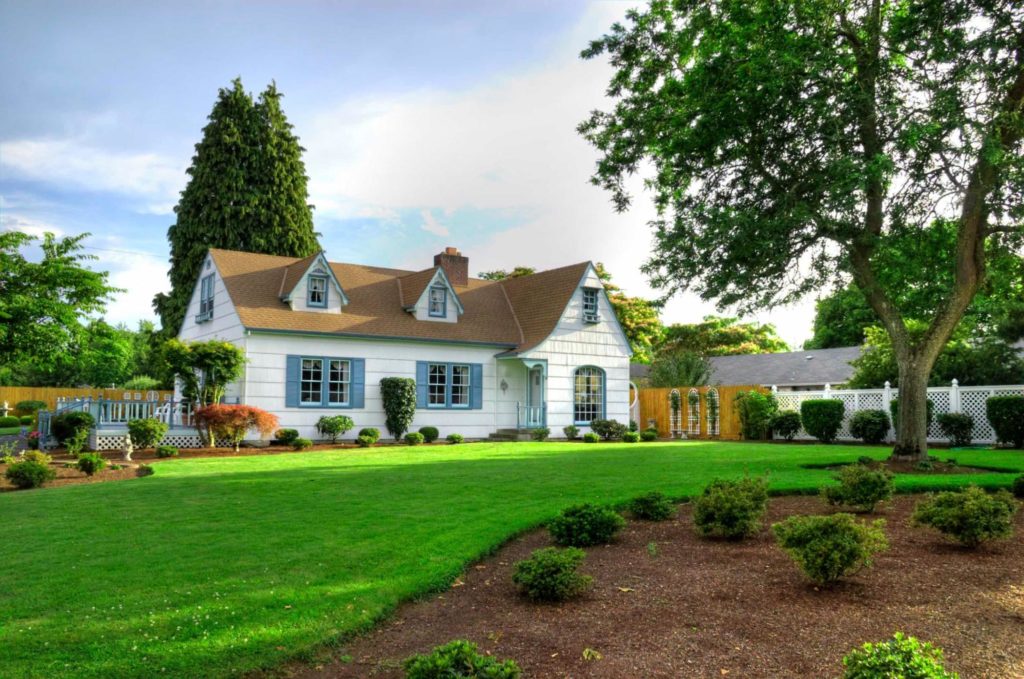
For both commercial and residential purposes, you want some type of drainage method that involves water detention because these types of water management systems are able to handle much higher volumes of water than retention tanks.
The Best Water Detention Methods
When it comes to storm water detention, there are a few different options. Water detention tanks are often used as a way to store water that’s been diverted into them until it can be slowly released back into the soil.
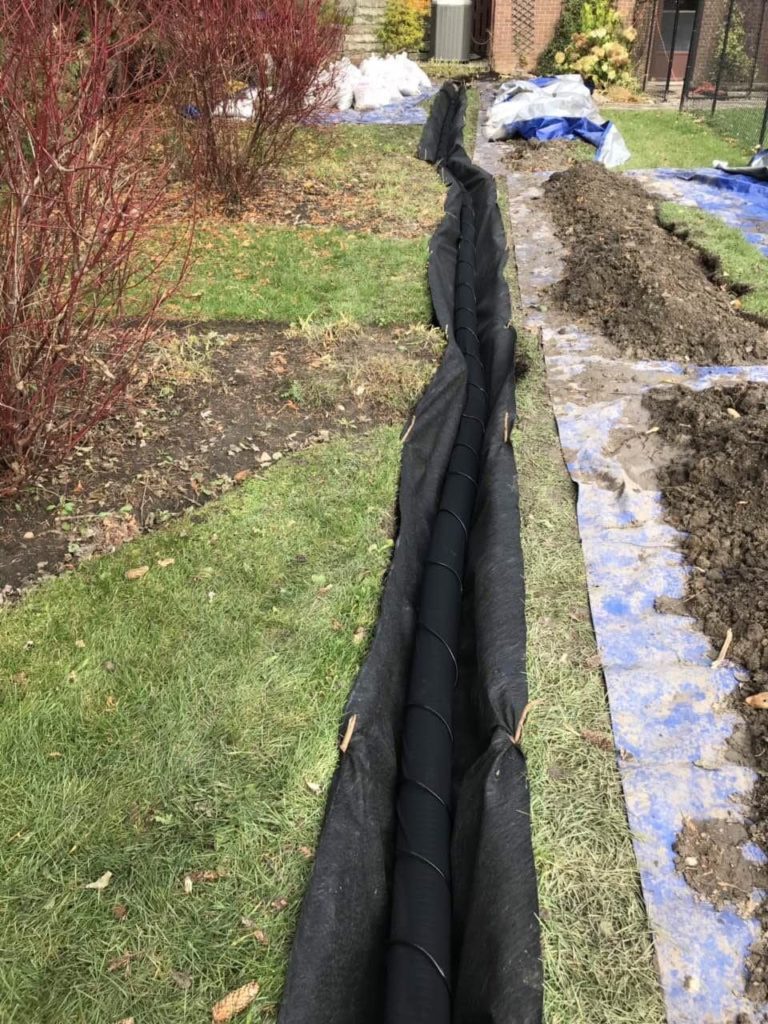
Many times, a water detention tank will be connected to a series of pipes and grates designed to divert excess water into them. These tanks will remain empty until heavy rainfall occurs, at which point they temporarily fill up before slowly emptying into whatever local sewer system they’re connected to.
Of course, the downside to installing water detention systems with a bunch of additional equipment is both the cost and installation time. It can take weeks to complete the installation of a water detention system that is capable of handling heavy rains, and the cost is generally much higher as well because of the labor and special equipment involved.
There’s also regular maintenance that needs to be performed on a water detention tank, which adds to the overall cost. You could also use something like a storage basin or pond, which is basically the above-ground version of a water detention tank.
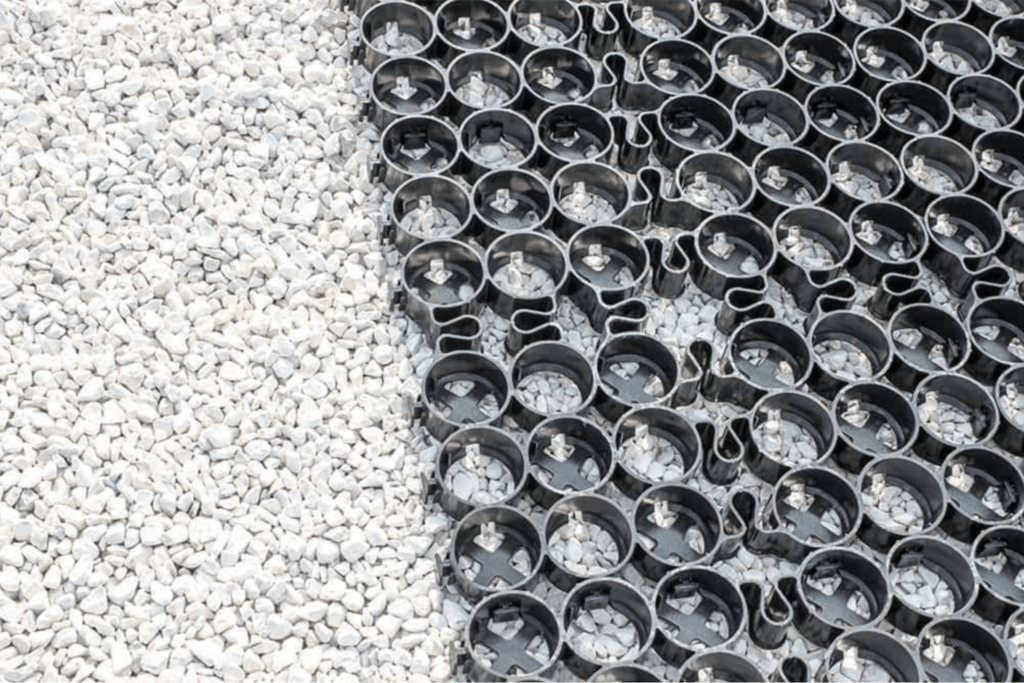
Another method of water detention is to use permeable pavement. TRUEGRID, for example, can provide you with a water detention system in the form of either TRUEGRID PRO LITE or TRUEGRID PRO PLUS permeable pavers. This system uses interlocking plastic pavers along with washed angular stone that provides detention and allows storm water to detain below the surface and matriculate back into the soil at a safe rate.
You can cut costs on water detention by using TRUEGRID pavers because they don’t require any additional piping or drainage grates. TRUEGRID pavers are also much easier to install, and installation is much faster than with a traditional water detention system that involves pipes and a detention tank.
Why are TRUEGRID Pavers the Best Choice for Water Detention?
When you factor in longevity, ease of installation, durability, lack of maintenance requirements, and a 100%-permeability level, it’s not hard to see why TRUEGRID permeable plastic pavers are the smartest choice for water detention.
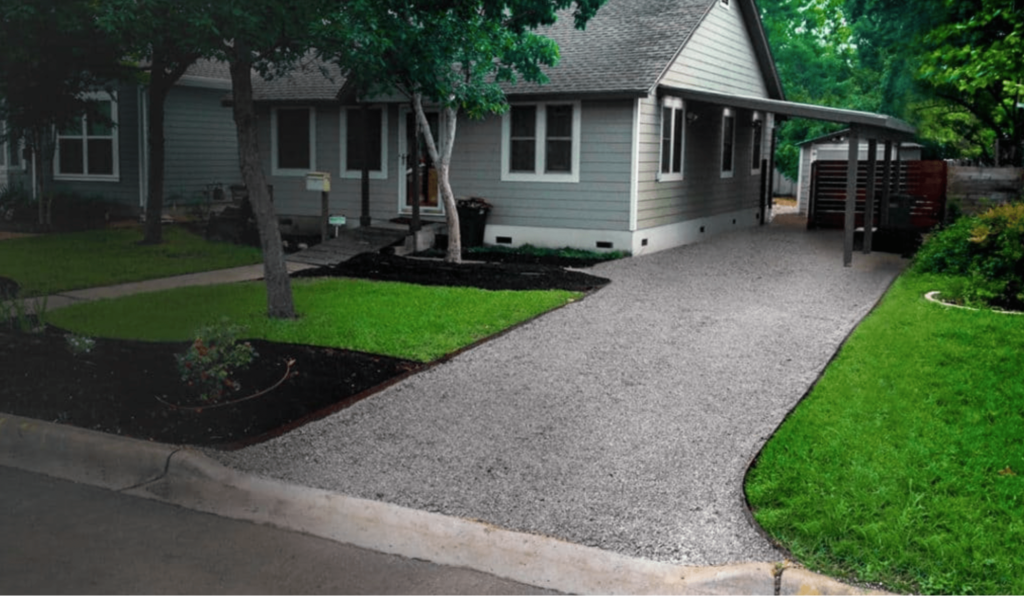
They can handle the heaviest of rain flows and allow you to maximize your land usage by using your paved surfaces as a two-in-one solution for both drainage and foot/vehicle traffic. The installation process for these pavers is super simple. First, the area is excavated to a depth of about 8 inches and a piece of fabric is laid at the bottom to provide separation from the base stone.
Then, the base rock is put in and compacted, at which point the empty pavers are snapped together over the surface like LEGO blocks. More aggregate is then used to infill the TRUEGRID and provide surface and the aesthetic of your choice. The infill aggregate also anchors in the TRUEGRID so that no added accessories such is stakes are needed.
Mitigate Flooding and Moisture Issues with TRUEGRID Permeable Pavers
If you want to manage stormwater as best as possible, you need to go with some form of water detention strategy. Detention tanks and ponds can work, but are costly and require constant maintenance and loss of land.
If you want a way to manage moisture that’s less costly in the long run, more eco-friendly, lasts longer, requires less maintenance, and allows you to make better use of your square footage, then call TRUEGRID today to get in touch with a pavement professional who can get you pointed in the right direction.



